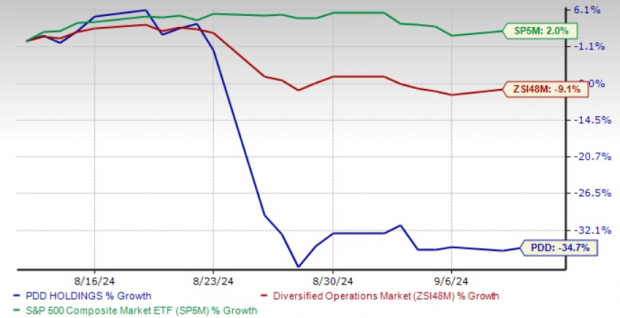The Deceptive Realm of DeFi Investments
Exploring the world of Decentralized Finance (DeFi) is akin to embarking on an exhilarating adventure, filled with promises of untold riches and uncharted potential. Yet, beneath the surface of DeFi’s alluring veneer lies a concealed labyrinth of costs that threaten to diminish the returns of unsuspecting investors.
The Ever-Shifting Landscape of DeFi Fees
In stark contrast to the fixed fees imposed by traditional financial giants like Visa and Mastercard, DeFi operates in a dynamic realm where gas fees fluctuate based on network congestion and user-defined priorities. As Ethereum, Solana, and other EVM-compatible chains continue to dominate the scene, the average gas fee for processing smart contracts currently stands at around $4.70 per ETH.
The Perils of Impermanent Loss and Slippage
However, beyond the initial gas fees lie a treacherous path fraught with hidden dangers for investors. Impermanent Loss (IL), Loss-Versus-Rebalancing (LVR), and Slippage pose substantial threats to liquidity providers, potentially eroding profits and discouraging further participation in the DeFi space. These risks underscore the vital importance of comprehending the intricacies of DeFi before plunging headfirst into the fray.
Navigating the DeFi Minefield
While there may be no panacea for eliminating hidden costs in DeFi, innovative protocols are emerging to alleviate some of the risks associated with AMMs. By understanding various AMM models and trade-offs, investors can make more informed decisions to safeguard their liquidity. Platforms that offer hedging options, realistic slippage limits, and efficient trade execution mechanisms can help mitigate the impact of impermanent loss and unpredictable price fluctuations.
Tools for the DeFi Adventurer
To optimize trade execution and minimize costs, investors can leverage aggregators like LlamaSwap, 1inch, or Matcha to access liquidity across multiple venues. Employing RPC services such as Flashbots Protect can shield against maximal extractable value (MEV), providing an additional layer of protection in the volatile DeFi landscape.
The Dawn of Fairer DeFi Practices
As newer oracle protocols like Pyth embrace a push-based model to offer real-time price updates, the horizon of DeFi investments is evolving towards a more transparent and equitable future. By staying informed about these innovative solutions and advancements in on-chain portfolio management, liquidity providers can navigate the DeFi terrain with confidence and maximize their returns amidst hidden costs.



